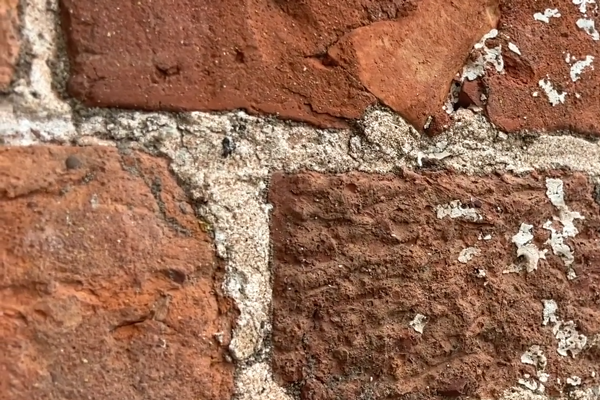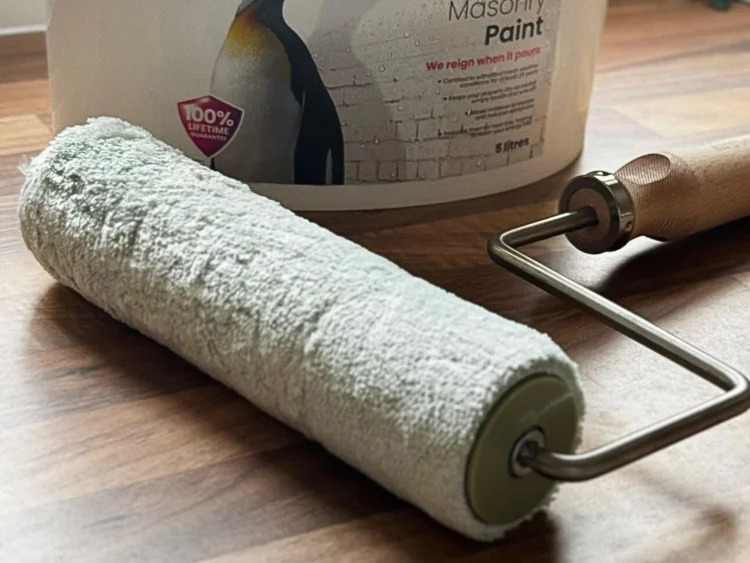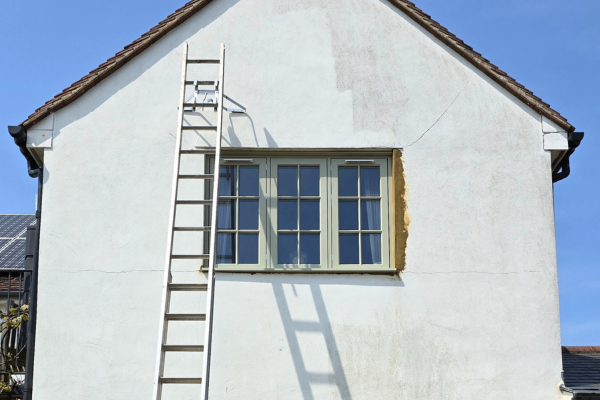We Asked 2000 Brits What DIY Jobs Made Them Nervous
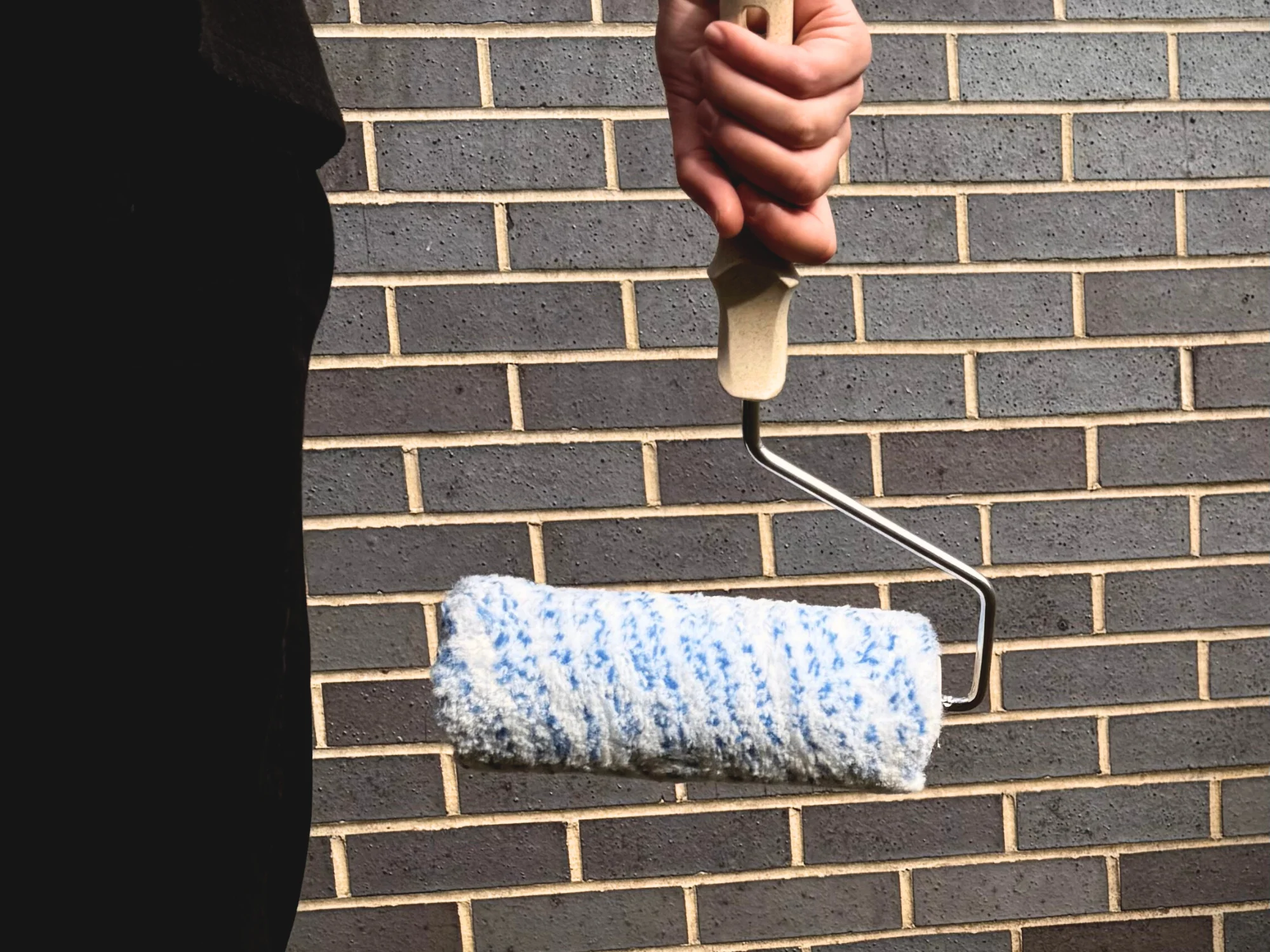
Since the pandemic, we’ve seen a real surge in people rolling up their sleeves and tackling DIY projects around the home themselves. But even though we spend our days helping people transform their homes, we know there are some DIY jobs that can make even the most enthusiastic homeowner hesitate.
At Emperor Paint we wanted to find out exactly which tasks around the house fill Brits with the most nerves and which ones we tackle with confidence.
So, we commissioned a survey of over 2,000 people from across the UK to dig into our nation’s DIY comfort zones, and the results may surprise you.
- Over a quarter of Brits are nervous about fixing plumbing problems, with tiling a kitchen or bathroom and electrical tasks ranking highly
- Brits are most confident about cleaning or treating exterior brickwork or render, as well as replacing door handles or locks
- Double the amount of Brits claimed they are confident carrying out DIY tasks compared to those that stated they are nervous, with women not as confident as men
- Geordies are the most confident carrying out DIY jobs, with nearly a quarter (24%) admitting they are not confident
- Brits are more confident about painting the exterior of their home compared to painting interior walls or ceilings
The UK’s most and least daunting DIY jobs
We started by asking 2000 Brits what DIY jobs they would be most nervous to get wrong.
Topping the list were plumbing repairs, such as fixing a leaky tap, which made over a quarter of respondents (26%) anxious. Close behind, in joint second place, were tiling a kitchen or bathroom and electrical tasks like changing a light fixture or switch, with 25% of Brits admitting they’d be nervous to take these on.
| Ranking | DIY job | Percentage of nervous Brits |
|---|---|---|
| 1 | Fixing a leaky tap or plumbing issues | 26% |
| 2 | Tiling a kitchen or bathroom | 25% |
| 2 | Electrical tasks (e.g. changing a light fixture or switch) | 25% |
| 4 | Hanging wallpaper | 19% |
| 5 | Putting up shelves or cupboards | 17% |
| 6 | Painting interior walls or ceilings | 14% |
| 6 | Installing new flooring (e.g. laminate or vinyl) | 14% |
When it comes to carrying out DIY jobs, Brits are feeling more nervous than confident in their abilities.
More than double responded that they are not confident doing any DIY (15%) compared to those which said that they feel confident doing most DIY tasks (7%).
After identifying the DIY jobs that cause the most hesitation, we looked at the other end of the scale to see which tasks Brits feel most confident tackling.
| Ranking | DIY job | Percentage of nervous Brits |
|---|---|---|
| 1 | Cleaning or treating exterior brickwork or render | 4% |
| 2 | Replacing door handles or locks | 4% |
| 2 | Plastering or filling in cracks | 6% |
| 4 | Assembling flat-pack furniture | 7% |
| 5 | Painting the exterior of my home | 10% |
| 6 | Mounting a TV | 11% |
Brits are the most confident about cleaning or treating exterior brickwork or render, as well as replacing door handles or locks, with just 4% nervous about getting it wrong.
How nervous are men and women when it comes to DIY mistakes?
Overall, nearly double as many women, compared to men, admitted that they do not feel confident carrying out any DIY (19% vs 10%).

Whilst men were the most worried about making mistakes when dealing with plumbing issues (28%), women were the most concerned about tiling a kitchen or bathroom (27%).
How do confidence levels in DIY jobs vary by city?
Geordies are the least most confident at carrying out DIY jobs, with nearly a quarter (24%) admitting that they are not confident doing any DIY, while homeowners in Edinburgh showed the highest percentage of nervous DIY’ers (36%).
| City | DIY job they are most nervous about getting wrong | Percentage of city dwellers who are nervous about getting DIY job wrong |
|---|---|---|
| Edinburgh | Cleaning or treating exterior brickwork or render | 36% |
| Bristol | Replacing door handles or locks | 35% |
| Manchester | Plastering or filling in cracks | 33% |
| Belfast | Assembling flat-pack furniture | 32% |
| Cardiff | Painting the exterior of my home | 31% |
| Nottingham | Tiling a kitchen or bathroom | 30% |
| Southampton | Electrical tasks (e.g. changing a light fixture or switch) | 30% |
| Leeds | Electrical tasks (e.g. changing a light fixture or switch) | 30% |
| Sheffield | Fixing a leaky tap or plumbing issues | 29% |
| Glasgow | Fixing a leaky tap or plumbing issues AND Putting up shelves or cupboards | 28% |
| Liverpool | Electrical tasks (e.g. changing a light fixture or switch) | 28% |
| Norwich | Fixing a leaky tap or plumbing issues | 27% |
| Birmingham | Fixing a leaky tap or plumbing issues AND Tiling a kitchen or bathroom | 26% |
| London | Fixing a leaky tap or plumbing issues AND Tiling a kitchen or bathroom | 25% |
| Newcastle | Electrical tasks (e.g. changing a light fixture or switch) | 24% |
How do Brits feel about painting their home?
When it comes to painting the home, Brits are more confident about painting the exterior of their home, with 1 in 10 nervous (10%), compared to 14% who are nervous when it comes to painting interior walls or ceilings.
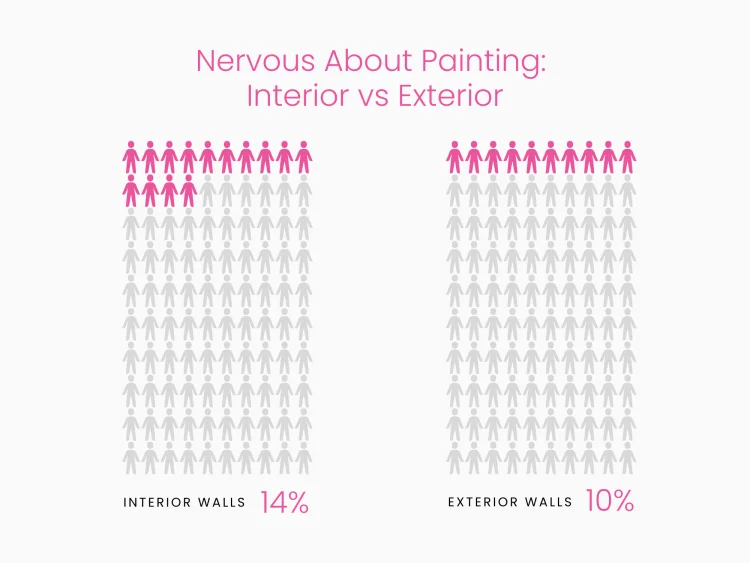
But why are Brits more confident about painting the outside of their home compared to the inside? As a specialist in exterior paints, we were particularly interested in this and from what we’ve seen, there are a few clear reasons behind this growing confidence.
1. Less colour regret
When it comes to painting interior walls, it can feel like there are endless colour options to choose from, which can make it unsurprisingly tricky to decide on one. Will it match the furniture? Will it make the room feel too dark? Will we still love it this time next year or will we be picking up the paint brush again?
When it comes to painting the outside of your home colour schemes are much more timeless – especially in the UK where whites, creams and light greys have been go-to favourites for decades.
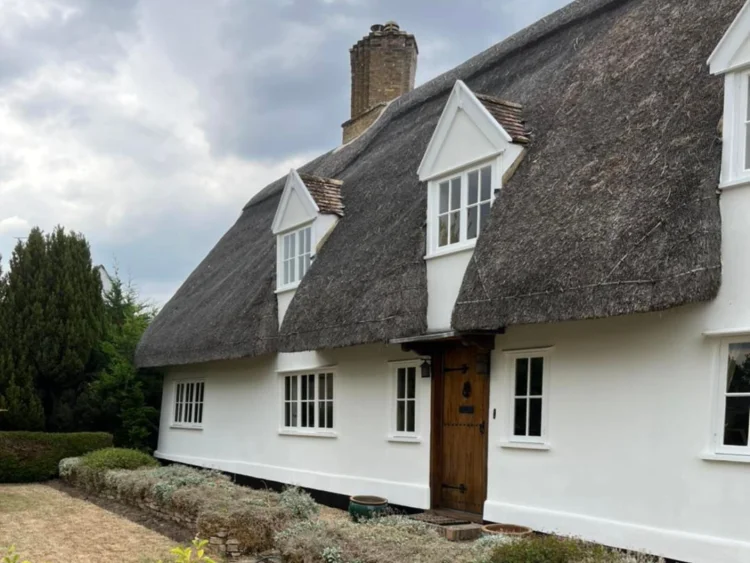
2. Requires less precision
We’ve all been there, carefully cutting in around the edges of a wall, only to step back and realise it isn’t quite as neat as we thought.
When painting outside, it requires much less precision to get impressive results. Even if you aren’t the most confident painter, any small imperfections cannot be seen from a distance (though we always recommend taking as much care as possible to get a finish you can be proud of).

3. It’s an investment
In recent years we have seen a shift in how homeowners view exterior painting. It is now increasingly being recognised as not just as an aesthetic upgrade but a genuine investment in the property.
A key reason why we see homeowners not only feeling less nervous about painting the outside of their home, but also less nervous than many other DIY jobs, is because it is an easy to achieve way to completely transform the kerb appeal of your home.
Post-pandemic, the average DIY’er has become much more research focused when considering taking on a project, and this has led to a broader understanding of the other advantages of painting the outside of your home, from helping prevent damp to improved energy efficiency.
There’s a growing trend around homeowners carrying out more impactful projects that tick multiple boxes for them and with lower availability of tradespeople and the increase in accessible expert advice online, more people are feeling empowered to tackle these upgrades themselves.

However, if you can relate to 1 in 10 Brits which are nervous about making mistakes, there are a number of things can you do to make the task less daunting:
- Check permissions first – check if your home is listed, rented or in a conservation area
- Use the right paint – make sure it’s designed for the material you’re painting
- Invest in your masonry paint – choosing a masonry paint with a lifetime guarantee means you can take your time to get it right first time round
- Protect surfaces – cover windows, doors, and plants with dust sheets to avoid splashes
- Test colour first – paint small patches on the wall and check them at different times of day
- Plan for the weather – choose a dry, mild spell with no risk of rain to give yourself one less thing to think about.
A survey of 2,005 Brits conducted with TLF Research in July 2025.


